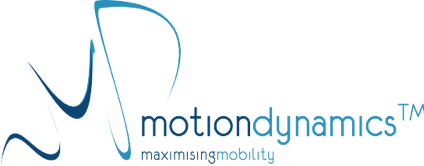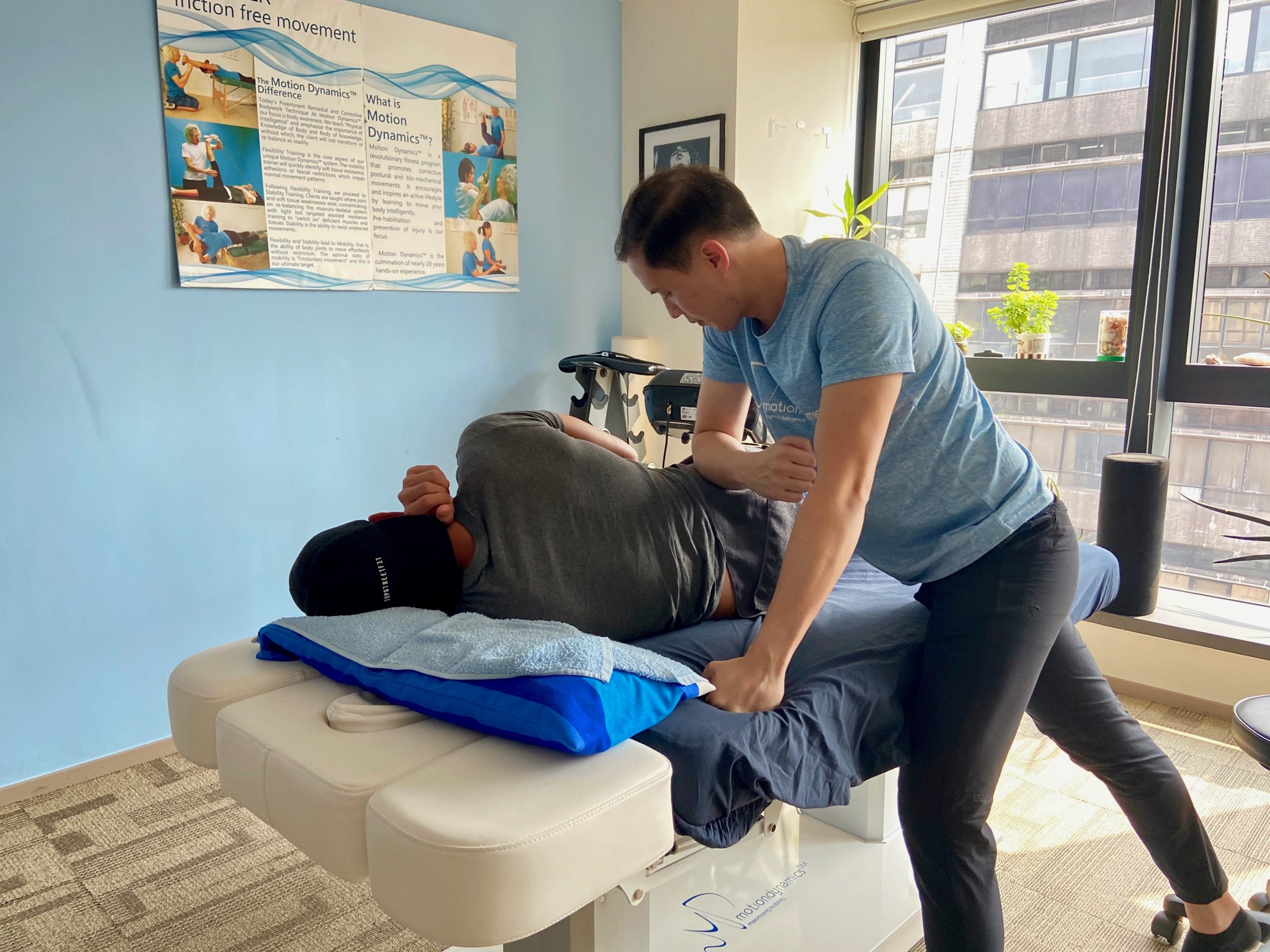Postural Correction The Missing Link to Preventing Chronic Pain By Chris Watts
Does poor posture and structural abnormalities cause pain? There are multiple research studies showing that clients with forward head posture have increased levels of pain and disability especially in the lower back. Chronic back pain affects 20% of the adult population.
Poor posture poses a risk to the body, as it may be the cause of repetitive stress injuries, micro trauma, and increased stress to the joints, muscles, and connective tissues. When looking down at a screen with the neck at a 45 degree angle and with a protracted head posture, the amount of pressure to the cervical spine is heightened, causing an increased load on all the surrounding neck and shoulder muscles by 40-60 pounds. The result is compression and inflammation.
Proper upright postural design is now being termed Postural Fitness. There is a new Postural paradigm suggesting that poor posture is as much to do with the neurology of balance and proprioception as Musculo-skeletal tension. It is a chicken and egg situation. Which comes first? There is no doubt that Postural correction effects the human design and function. When working with postural imbalances, we as alignment specialists are looking for predictable lasting postural changes.
Posture is the framework of human design for when we move or are upright or seated. Our job as alignment trainers is to identify the resistance and restrictions in the soft tissue and gently but specifically remove them. This is how our Stretch and Align system was born.
Humans are self-healing organisms adapting and overcoming stressors in the environment. Posture affects all the systems which help create sensory motor integration. When posture is weakened, output of the brain is weakened. It can have detrimental effects on our physiology creating what we call “flexor dominance” such as forward head posture, rounded shoulders, flexed pelvis and turned out feet. Our sedentary habits all day everyday can and does cause this weakness.
Postural neurology
The primary role of the nervous system is to prevent flexion dominance, keep us upright and command the muscles to move.
A De-evolved posture is representative of a brain deficit, with shuffling gait patterns, short stride lengths etc. Dynamic and fluid movements create neuroplasticity (brain and body adaptations) and an anti-gravity extension posture.
Here at Motion Dynamics our Stretch and Align program has as a strong awareness component. Postural assessments as well as movement and gait assessments and balance testing is part of our evidence-based practice. Chronic pain can be complex in its pain signalling. Pain does not always tell the truth. It can be regarded as a joker as it can shift and be in a state of flux.
We need to look at structural and neurological balance to de-load the joint structures for best treatment strategies.
The best treatment protocols will get the client out of pain, make them acutely aware of why they are experiencing the discomfort, then help them integrate mobility and stability protocols to prevent ongoing pain from occurring.
The best way to prevent chronic pain is to de-compress the joint structures and create left/right/front/back symmetry. It is all about equilibrium. All 16 functional systems can then work and communicate in tandem.
Neural system
The neural system tunes the motor control and neural pathways, integrating descending instructions from our frontal lobe where gross motor movements are housed. These neural commands are voluntary and involuntary signals. Voluntary ones are produced on demand. 80% of these messages are sent to the contralateral side or opposite side and 20% are sent to the ipsilateral side or same side to help stabilise the opposing movement preventing body sway and aiding our upright posture to remain extended and vertical.
Proprioception is how we move our bodies in the small space that we have been allocated and determines balance and sensation. This afferent input from the visual, vestibular and somato-sensory lets us know how we experience our world around us. The sensations we experience can be warmth, pressure or indeed position, movement or vibration.
The motor cortex in the frontal lobe is constantly in sync with our proprioception. Stability and movement are then in balance.
If movement is jerky or inhibited it may be that the visual or vestibular system is at fault.
The visual, vestibular and motor systems create a total sensory motor integration.
The Vestibular/Occular reflexes work together to co-ordinate movement with vision via the cervical proprioceptors keeping proper head posture. It keeps the spine vertical and the head and eyes in horizontal alignment. The neck is then used as a stability structure for maintaining head alignment. It therefore stimulates upright tone for extension.
We take our cars for MOT checks every year to check tyre and steering balance. Why not do the same with our bodies too.
Movement optimisation feels effortless, frictionless like removing the handbrake off your car.
Chris Watts- CEO Motion Dynamics Ltd
Tel: 28823397

